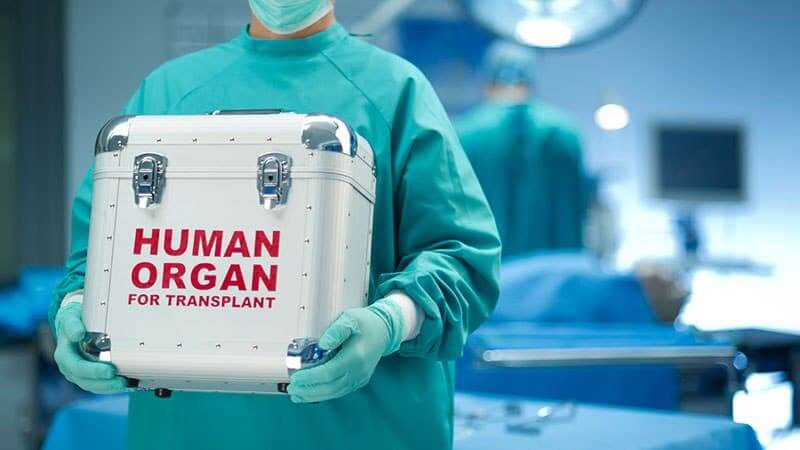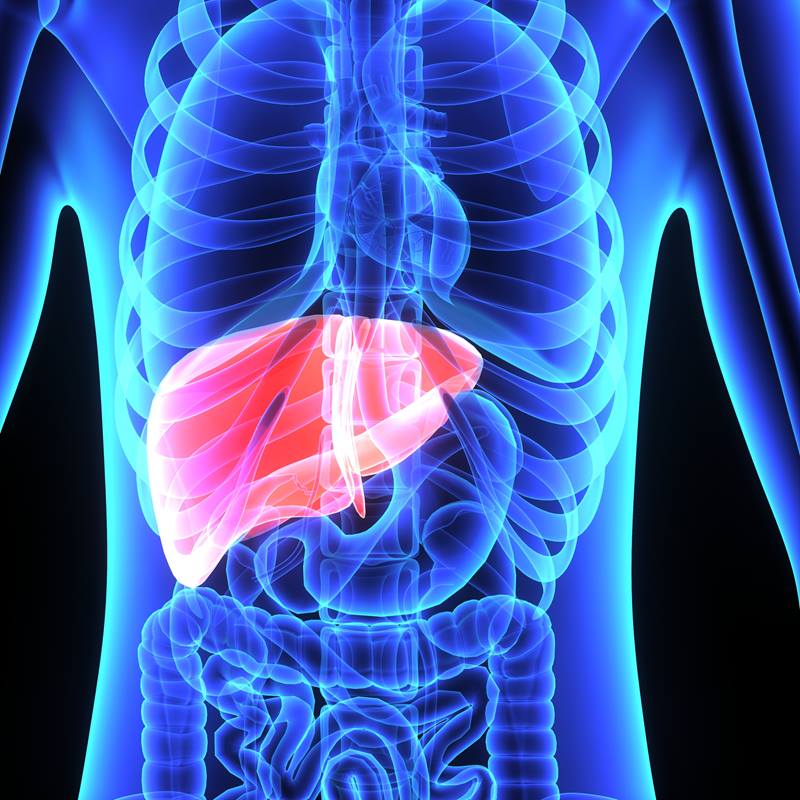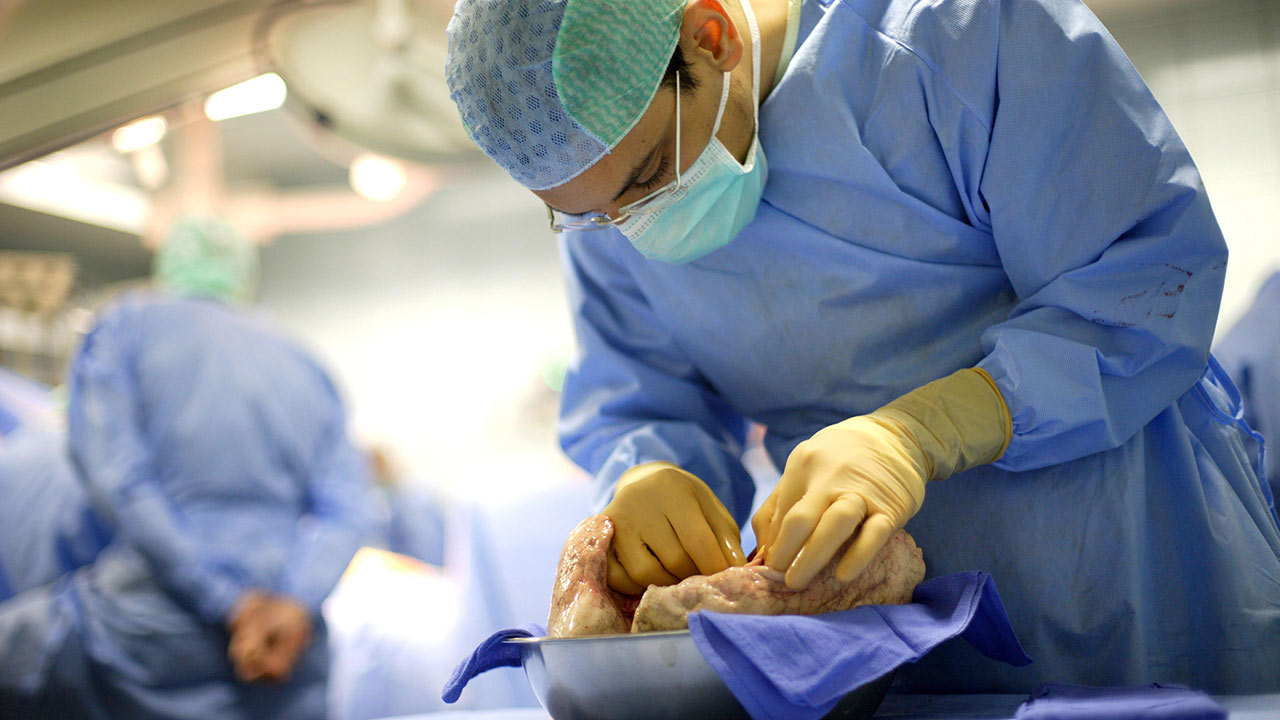There are many advantages of living donor transplantation (LDT) over deceased donor transplantations (DDT).
1) The patient does not have to wait for the operation. If the donor is ready, the patient is operated on immediately 2 or 3 days after applying to our clinic. 17 patients in the US die every day while waiting in line for cadaver DDT.
2) The risk of rejection of the transplanted organ is much lower.
3) The graft life (survival) is much higher in living donor transplantations.
USA:
In living donor kidney transplants (LDKT) (2008-2015):
1-year survival: 97.5%
5-year survival: 85.6%
In deceased donor transplantations (DDT) (2008-2015):
1-year survival: 93.2%
5-year survival: 74.4%
TURKEY:
In our transplantation center in Turkey, renal transplantations have the following statistics:
In living donor kidney transplants (LDKT):
1-year survival: 99%
5-year survival: 85-88% (average 15-20 years)
WORLD:
Average survival rate for deceased donor kidney transplantation in the world is as below.
In deceased donor kidney transplants (DDKT):
1-year survival: 85-90%
5-year survival 61% (average 10-12 years)
The statistics show the same result for liver transplantation, indicating that living donor transplantation is much more beneficial for the patient than deceased donor transplantation.


4) The risk of infection in liver donor transplantation after the operation is much lower compared to deceased transplantations.
Why?
In deceased transplantations, the conditions under which death occurred and the conditions under which the organ was kept can never be predicted certainly before the transplantation. Most people are treated in hospitals or intensive care units before they die, and it can never be determined exactly which infections the cadaver has faced during the hospitalization.
In living donor transplants, all infection tests of the donor are done just before the operation. The donor does not remain in the hospital before the operation takes place. The donor comes to the hospital on the day of the operation or at most 1 day before the operation, so the risk of hospital-acquired infection is very low. Also, the donor's organ is not kept outside; it is not transferred from one place to another. The operation is performed concurrently with the patient and the donor in the same place. The organ is immediately transplanted simultaneously. Therefore, the risk of infection in living donor transplants (LDT) is very low compared to (DDT).
Some academic studies, determinations, and declarations about the advantages of liver donor transplantation over the deceased donor transplantation:
- 1) “The number of people waiting for a liver transplant greatly exceeds the number of available livers from deceased donors. Living-donor liver transplant offers an alternative to waiting for a deceased-donor liver. Having a living donor also allows the recipient to avoid some possible health complications while waiting for a transplant. People who have a living-donor liver transplant seem to have fewer medical problems after the procedure than those who receive a liver from a deceased donor. A liver from a living donor also has a longer survival rate. Living-donor liver transplants are more common among children who need a liver transplant than among adults because suitable deceased-donor organs are scarce. Most living liver donors are close family members or friends of the liver transplant candidates.” from Mayo Clinic
- According to another research, 70% of living donor liver transplantation patients (LDLT) remain healthy for the first 25 years. HOWEVER, 70% of deceased donor liver transplantation (DDLT) transplants remain healthy for only the first 5 years.
- LDLT transplantations provide many benefits not only for adults but also for children. A new studyconducted by Arianna Barbetta MD and her colleagues in 2021: “LDLT may offer many advantages when compared with DDLT in children and LDLT should continue to be expanded to optimize outcomes for pediatric LT candidates.”
- Dr. Charles Miller (Cleveland Clinic–Transplantation Center) also says that “Many aspects make LDLT different from deceased donor liver transplantation, including timing of transplantation, procedure-related complications as well as immunological factors that may affect graft outcomes. Our review suggests that in selected cases, LDLT offers significant advantages over deceased donor liver transplantation and should be used more liberally.”
- Dr. Robert Brown from Columbia University says that a living-donor organ can lower a patient’s chance of dying by 50 percent.


